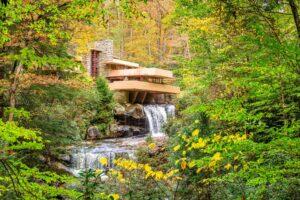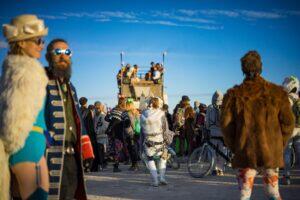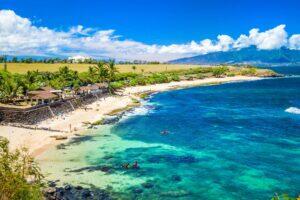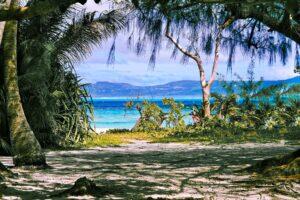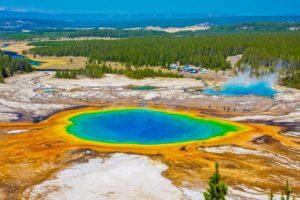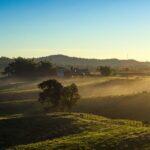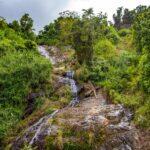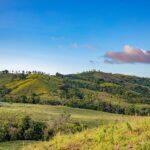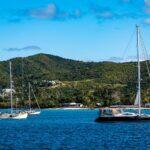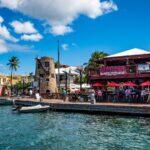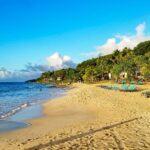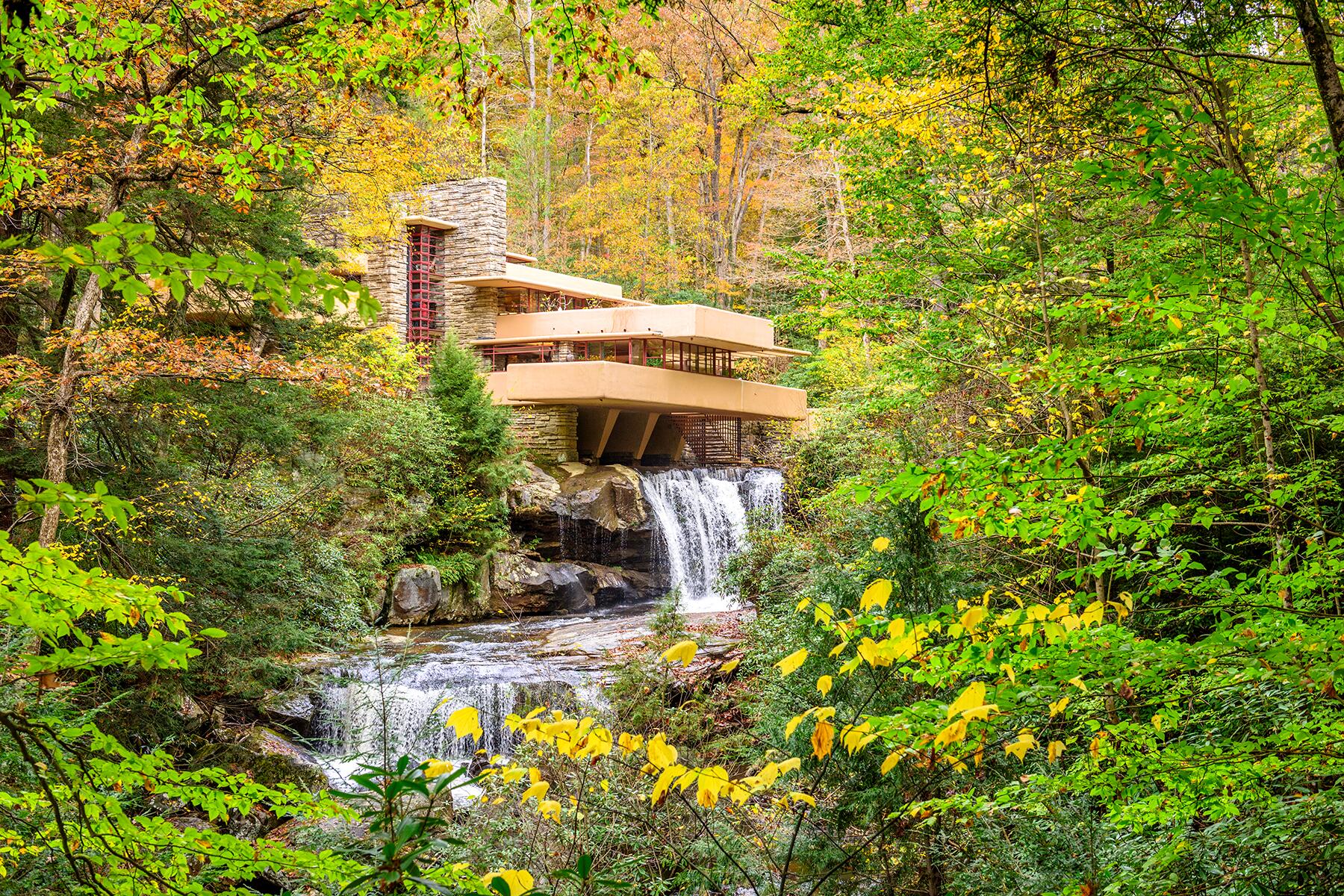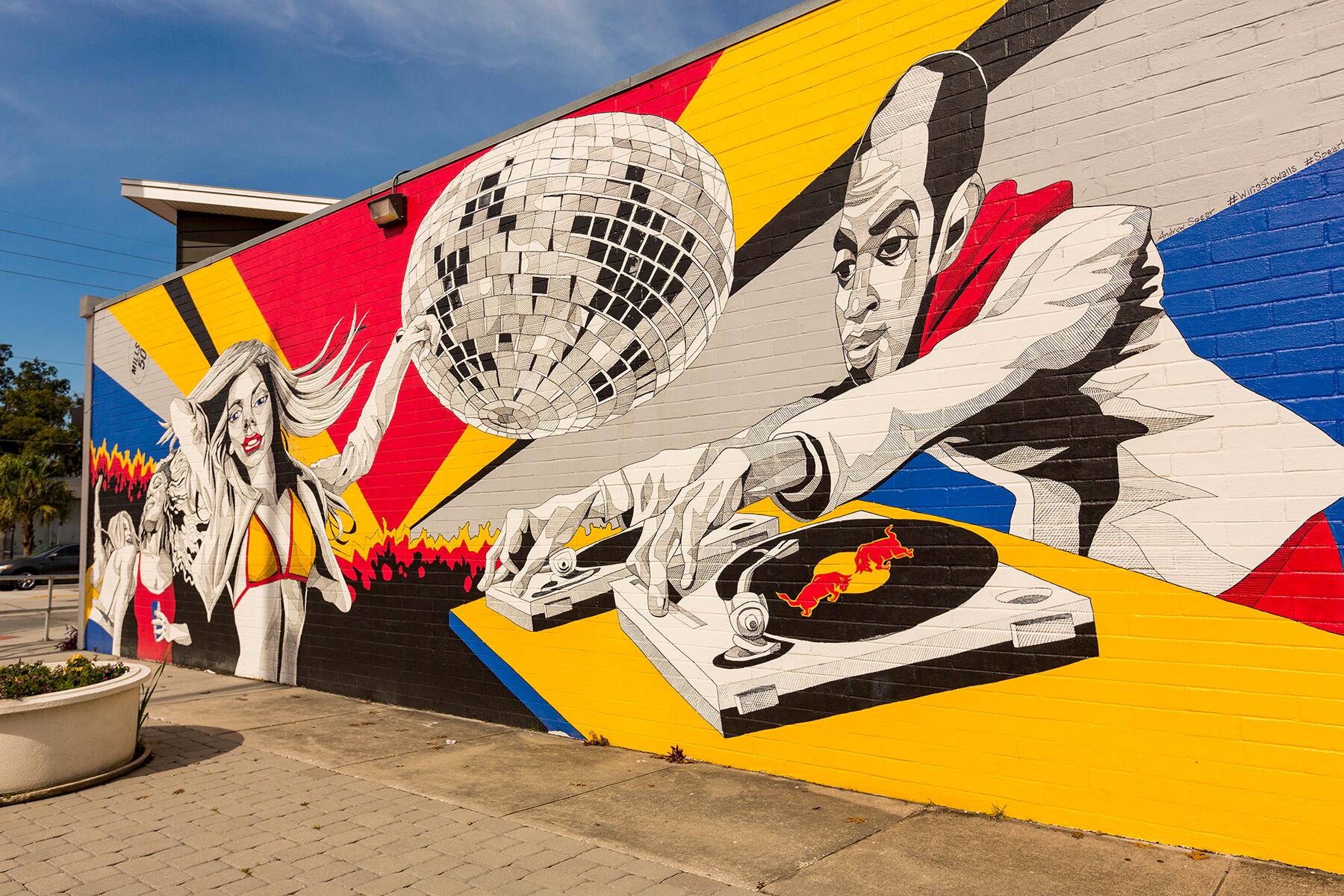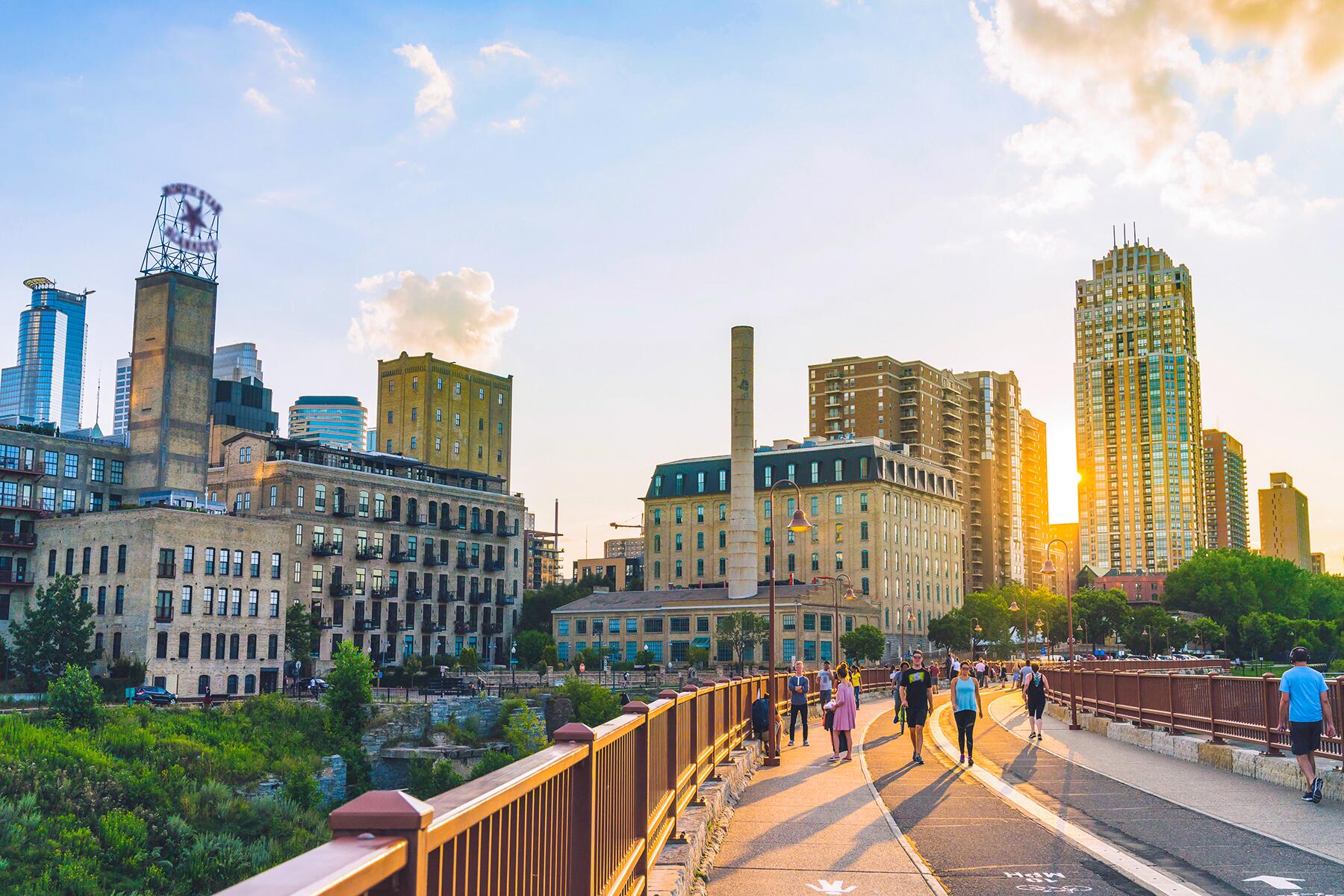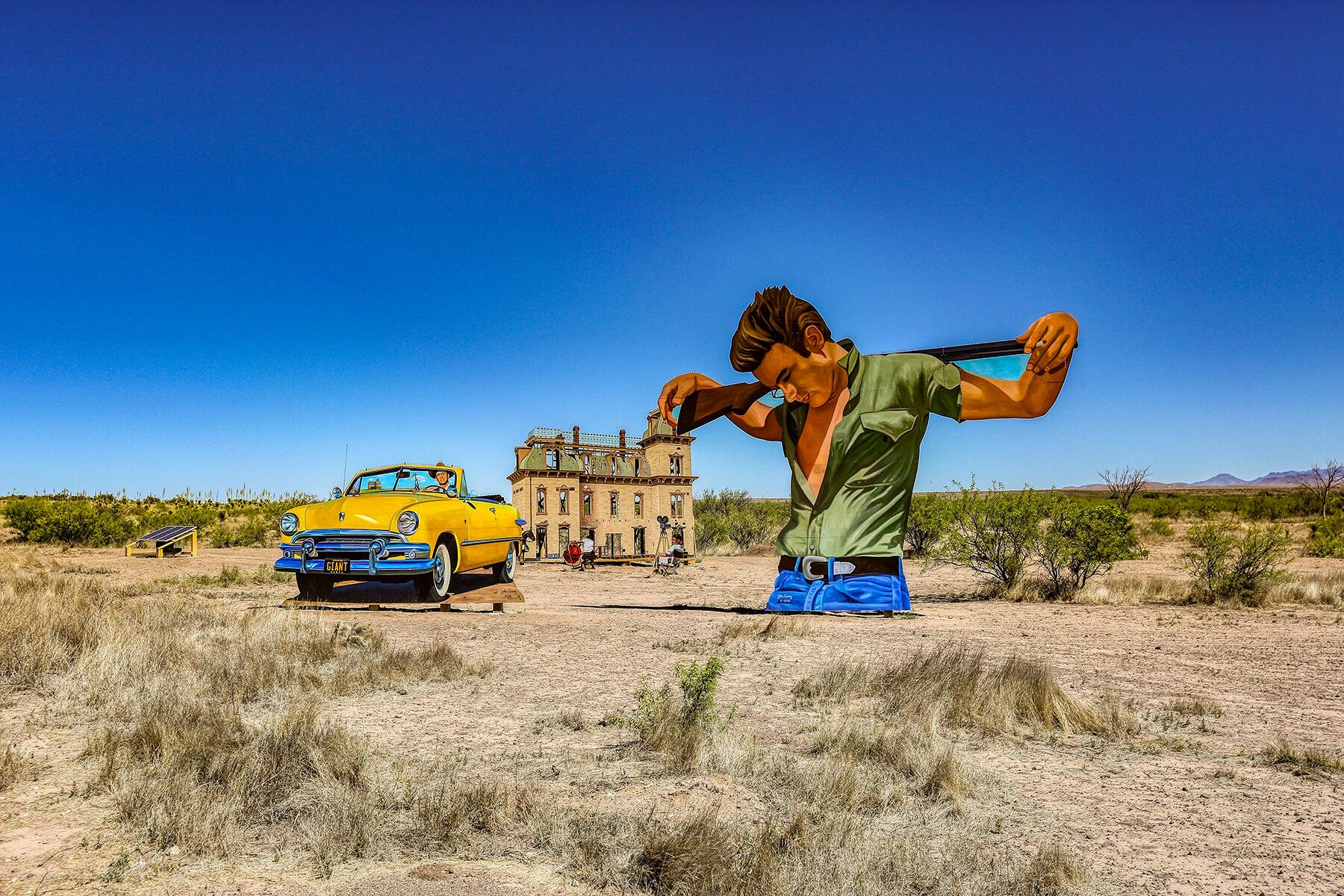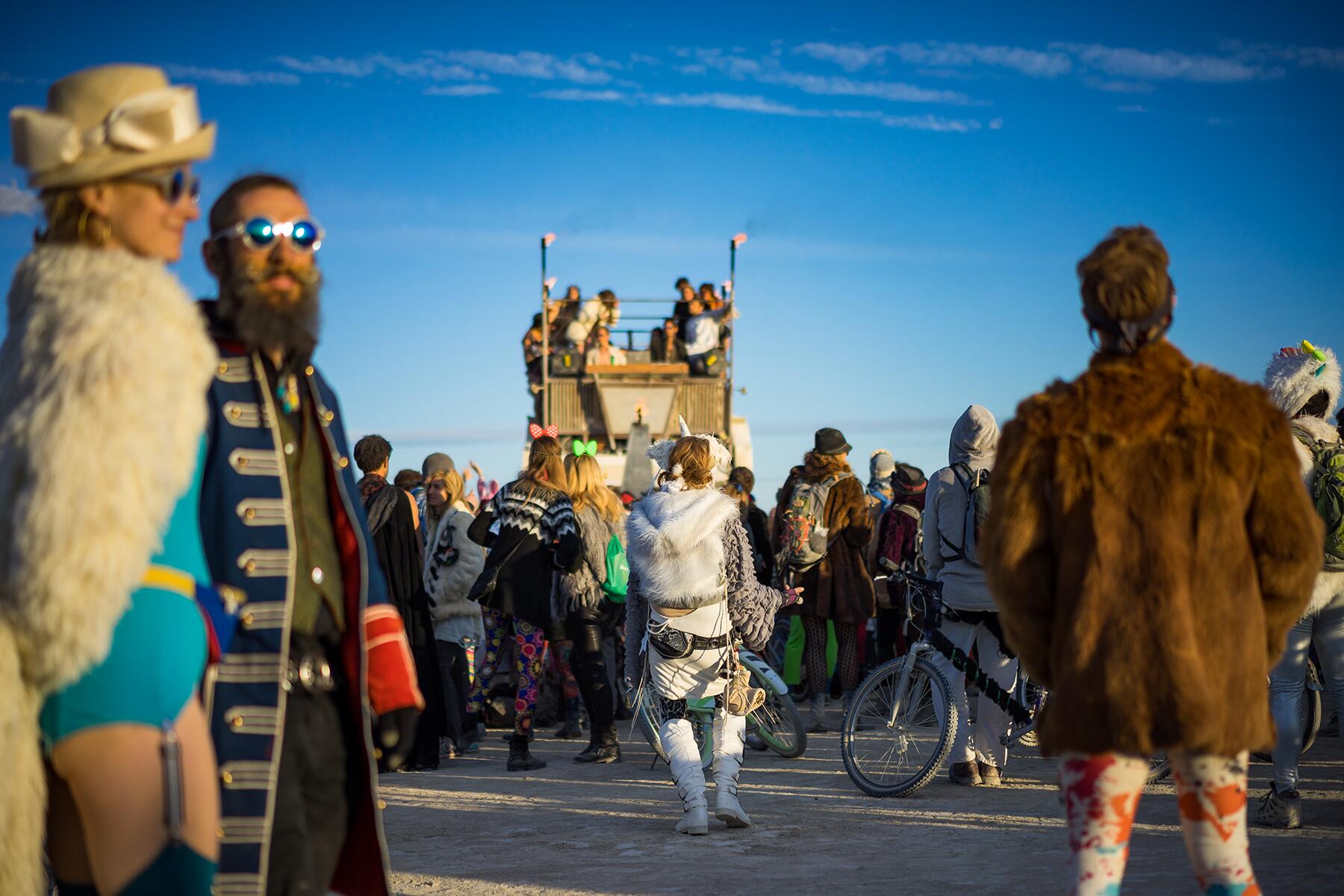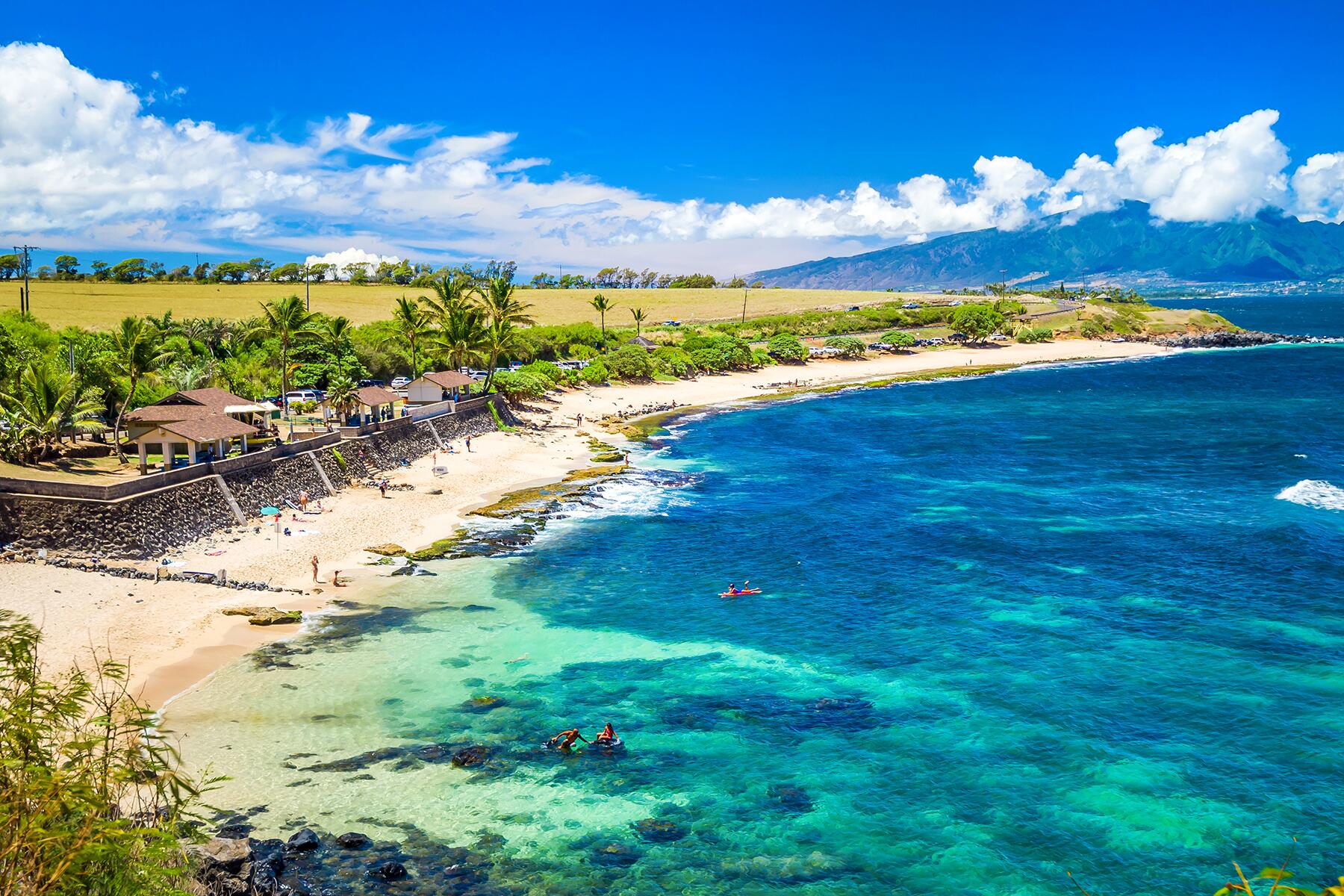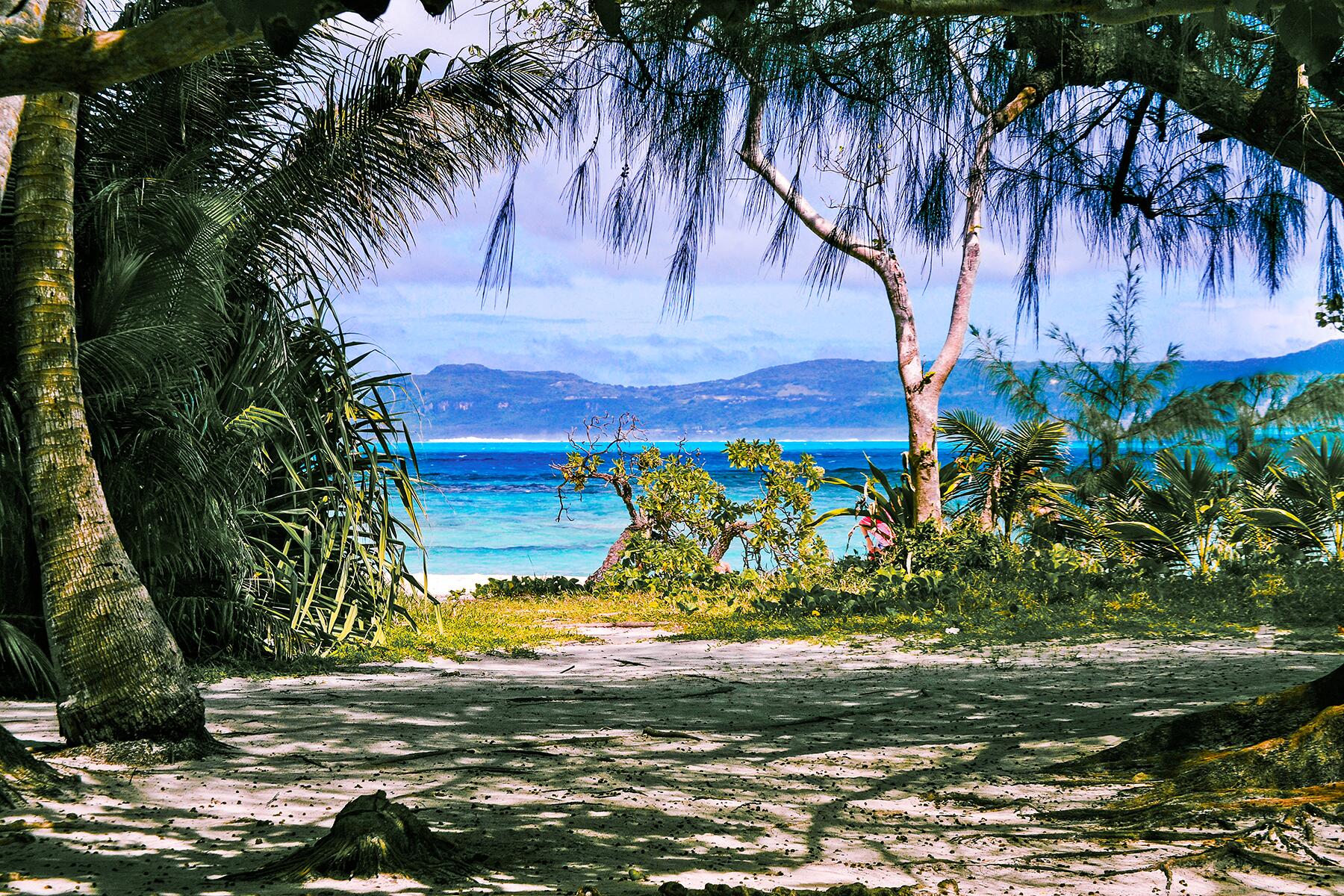
U.S. Territories
U.S. Territories
Top places to go in U.S. Territories in 2022
Expand Full List

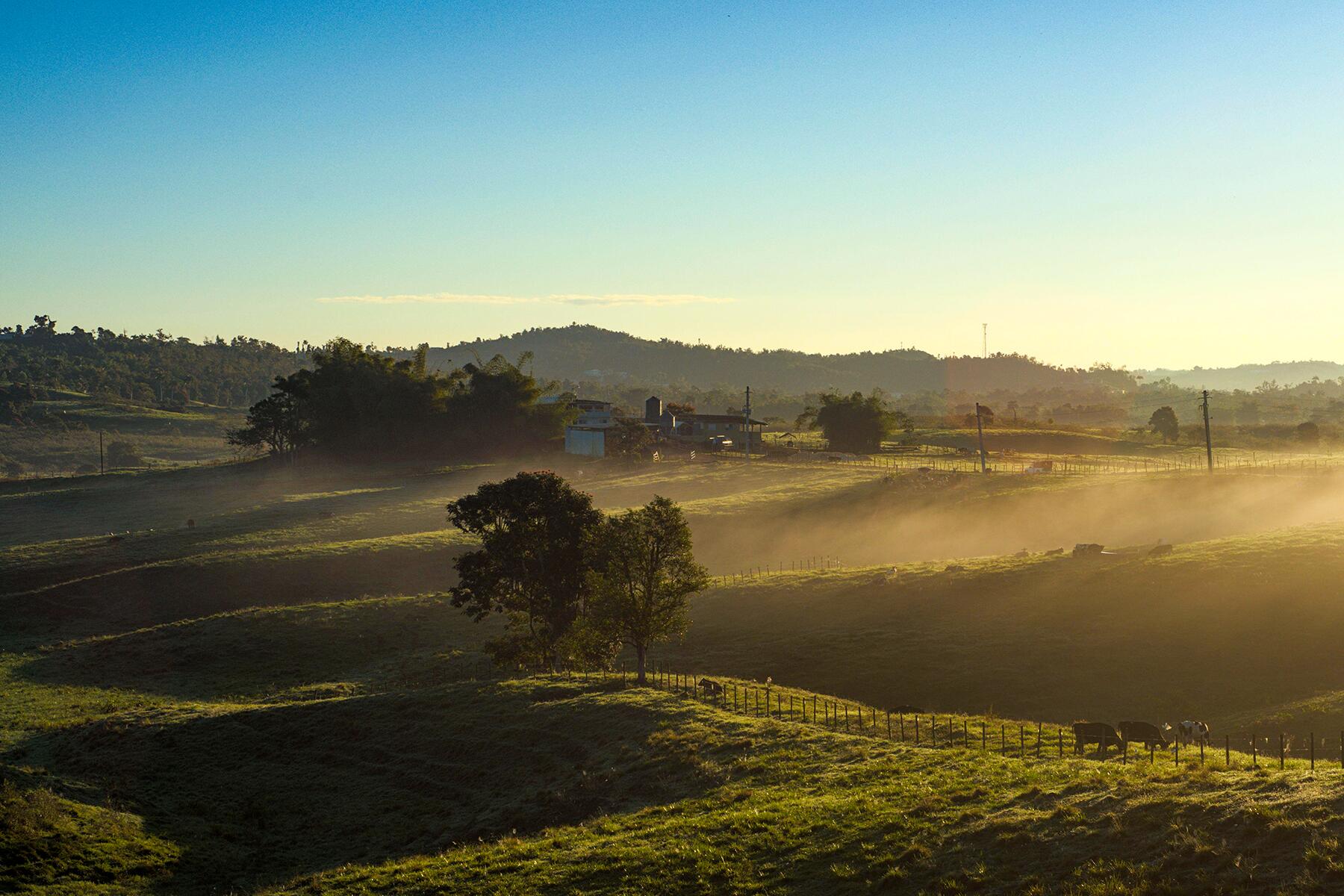
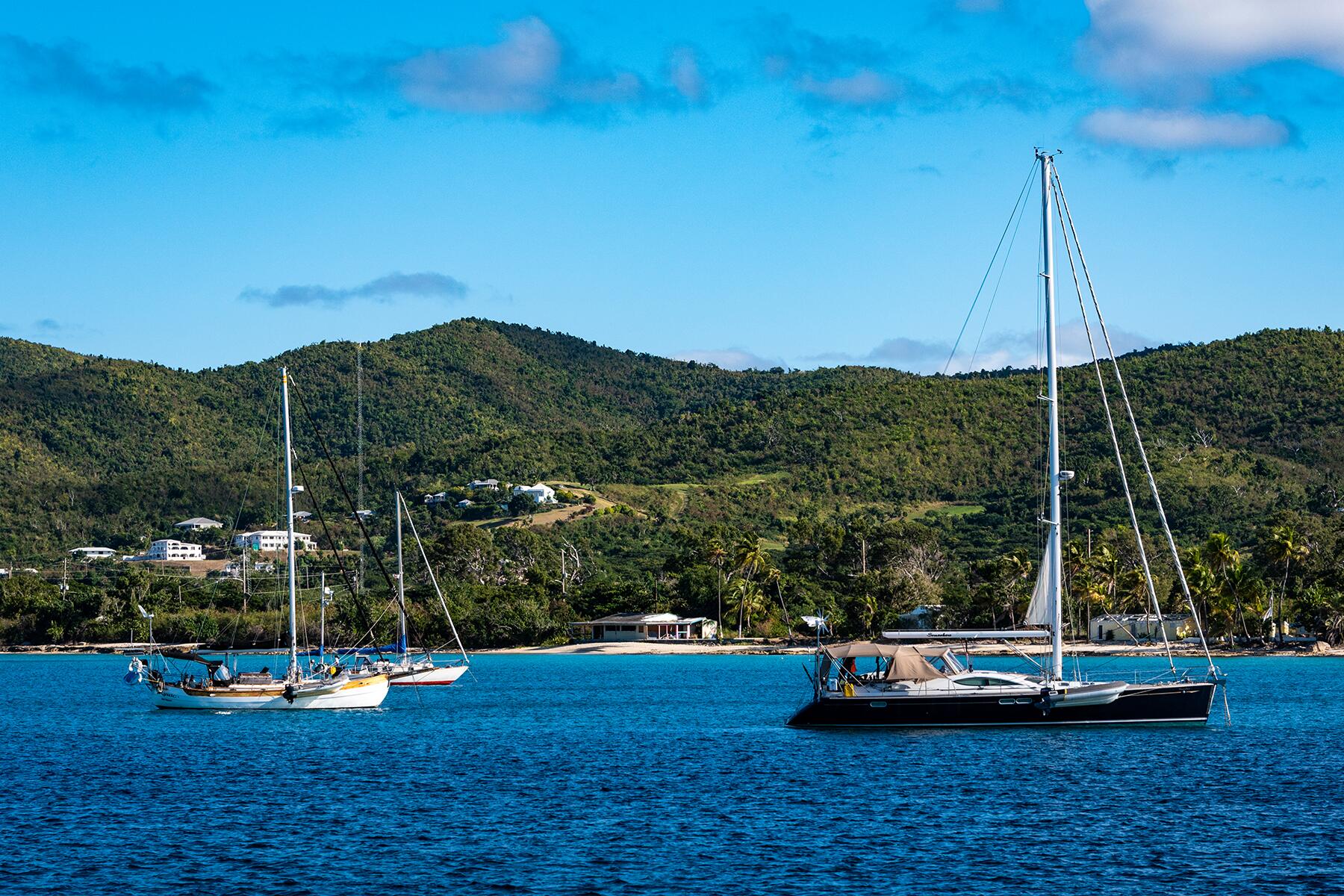

-
National Park of American Samoa, American Samoa
![]()
-
Orocovis Municipality, Puerto Rico
![]()
-
St. Croix, U.S. Virgin Islands
![]()
-
Saipan, Northern Mariana Islands
![]()



National Park of American Samoa
American Samoa
America’s most far-flung national park is a sight to behold. With a dramatic landscape fringed by mountain ridges, volcanic boulders, white sand beaches, and clear-as-glass turquoise waters, it’s America’s most stunning national park, and yet, few know about it. Attracting just shy of 60,000 visitors in 2019, the spectacular beauty of this U.S. territory is spread across Tutuila (the main island), Ta’u, and Ofu Island, arguably the most scenic spot of the park with its soft pink sand and rich coral reefs.
American Samoa is how Mother Earth intended nature to be: unspoiled, formed by nature, and filled with unusual wildlife like the endangered flying fox with a three-foot wingspan. With 9,000 acres of rainforest to hike and explore (traverse the rugged 7-mile Mt. ‘Alava trail in Pago Pago that goes through banana and coconut plantations with a 360-view of the northwest part of the island) and 4,000 acres of unspoiled coral reefs (make plans to dive Big Momma Coral Head in Fagatele Bay) where snorkeling alongside blue devils and neon damselfish with the odd dolphin or shark sighting isn’t uncommon–you will leave renewed and spoilt for life.
On land, while it is technically part of America, its people hold strong to Fa’asamoa (known as the Samoan way) proudly celebrating their customs and culture through language (talofa is “hello”, fa’afetai is “thank you”), daily practices, and even how they dress, with both men and women donning the lavalava (sarong).
Accommodations on the island are comfortable but simple, and really, you won’t be indoors much. On Tutuila, the rooms at the Tradewinds Hotel are decorated in a charming Polynesian style. On Ofu, the Coconuts Beach Club has Samoa’s only over-water fales (hut) and offers the opportunity to fall asleep to the sound of lapping waves. There’s also a homestay program where visitors can experience Samoan culture first hand, sleeping in a fale (Samoan house) and getting acquainted with their host family in a village setting.
Lying 14 degrees south of the equator, brace yourself to deal with a warm, humid climate. Avoid the hottest months of December and January, instead plan your trip to coincide with the cool, dry dry months of June through September. To spot humpback whales, September and October are the peak months.
Insider Tip
As a form of respect, ask a nearby home if you’re welcome to use the beach, as they are often located on customary land. On occasion, a small fee or donation may be expected/appreciated, so have cash handy. While locals dress modestly at the beach, it’s not expected of visitors, although do cover up if you’re passing through the village.

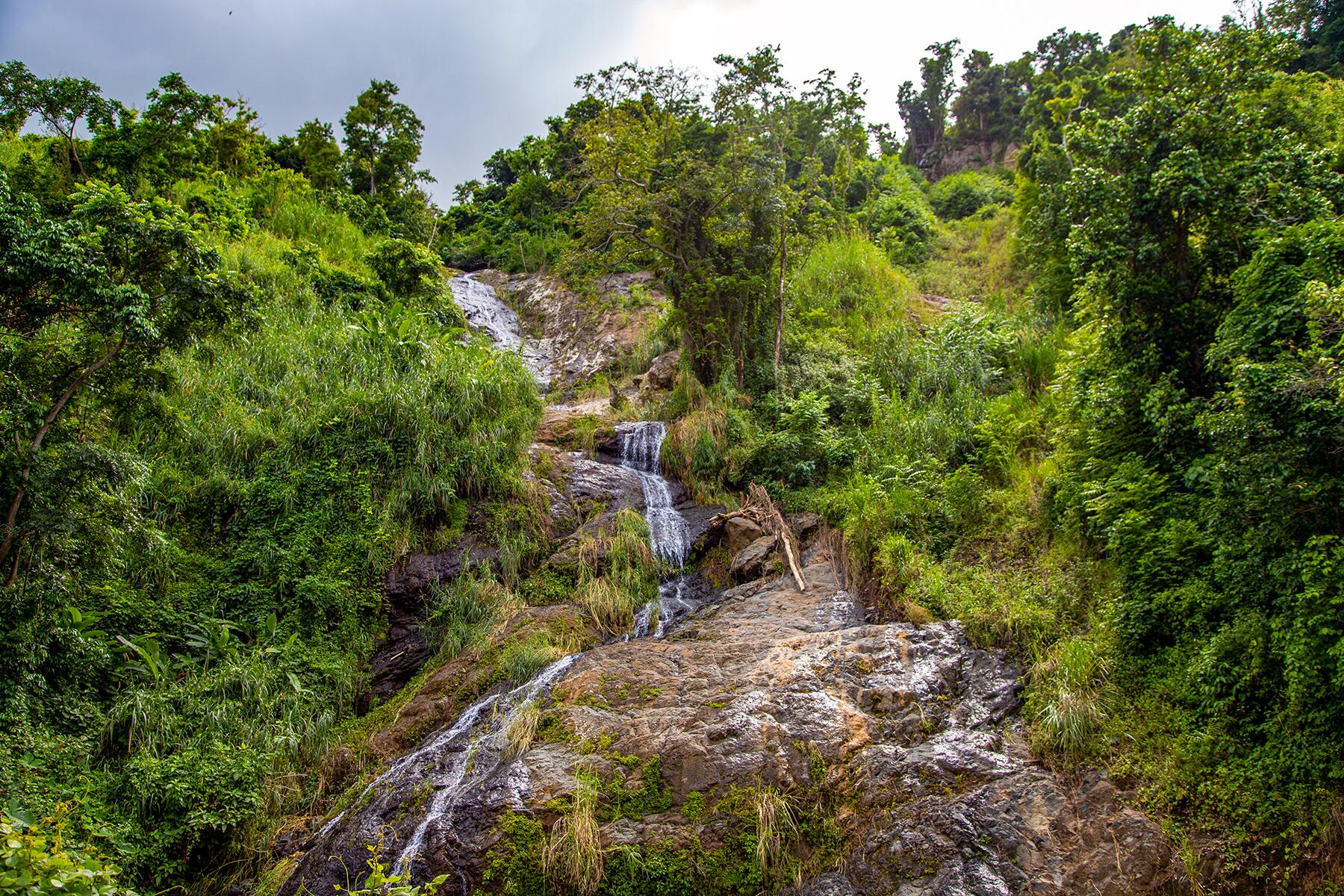
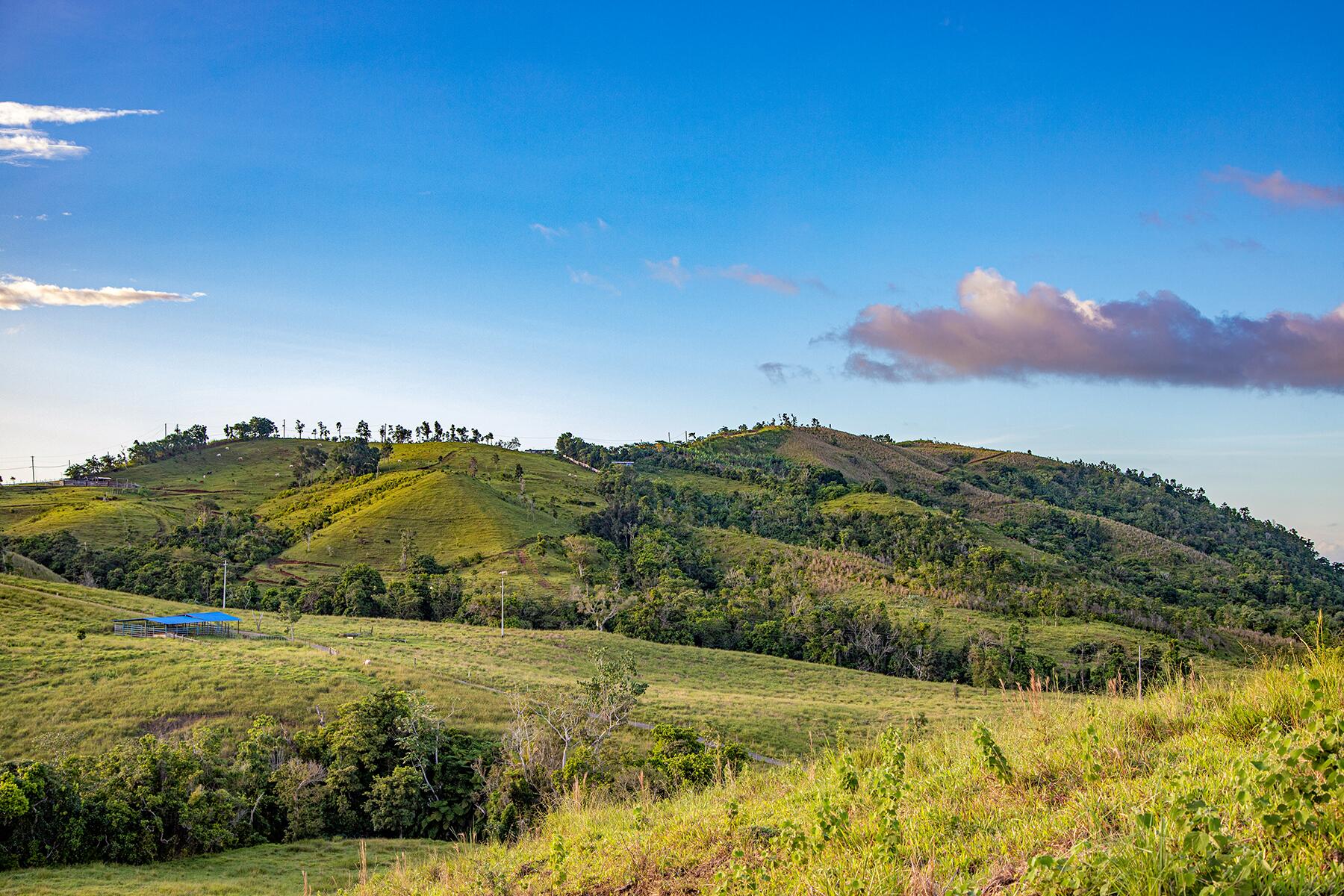
Orocovis Municipality
Puerto Rico
Puerto Rico has long been known as a convenient vacation destination for Americans, but Orocovis, lovingly dubbed “the heart of Puerto Rico,” is an under-the-radar area with plenty to offer. Less than a two-hour drive from the island’s main airport, Luis Muñoz Marín International Airport, the center of Puerto Rico is both secluded and accessible.
Outdoor hiking enthusiasts will enjoy the breathtaking views of Toro Negro State Park, with a 3.9-mile loop to Cerro Doña Juan, the highest peak in Orocovis. Thrill-seekers can take flight on North America’s longest zipline at Toro Verde Adventure Park, where multiple Guinness World Records have been broken, or test their limits on the world’s longest cable bike circuit.
Those who prefer less moving and more eating will certainly appreciate the region’s route dedicated to the local delicacy, the longaniza sausage. With more than a dozen participating restaurants, you can make like a local and take a chinchorreo tour (restaurant and bar tour) such as La Chiva, and stop by as many of the restaurants as your stomach can handle.
Orocovis is away from the main tourism hubs of Puerto Rico, and there aren’t many hotels in the region. Canyon Boutique is a hotel not far that has both modern-day essentials: wi-fi and air conditioning. Airbnb options range from rustic wood cabins to more unconventional stays such as glamping tents and repurposed shipping containers.
To best take advantage of all the outdoor adventures in Orocovis (and avoid torrential hurricane season), visit between December and June.
Insider Tip
After a moderate hike up El Bosque Toro Negro, stop by local restaurant and community cornerstone Las Cabañas Doña Juana for a refuel meal, and don’t miss their famous slow-cooked ribs.

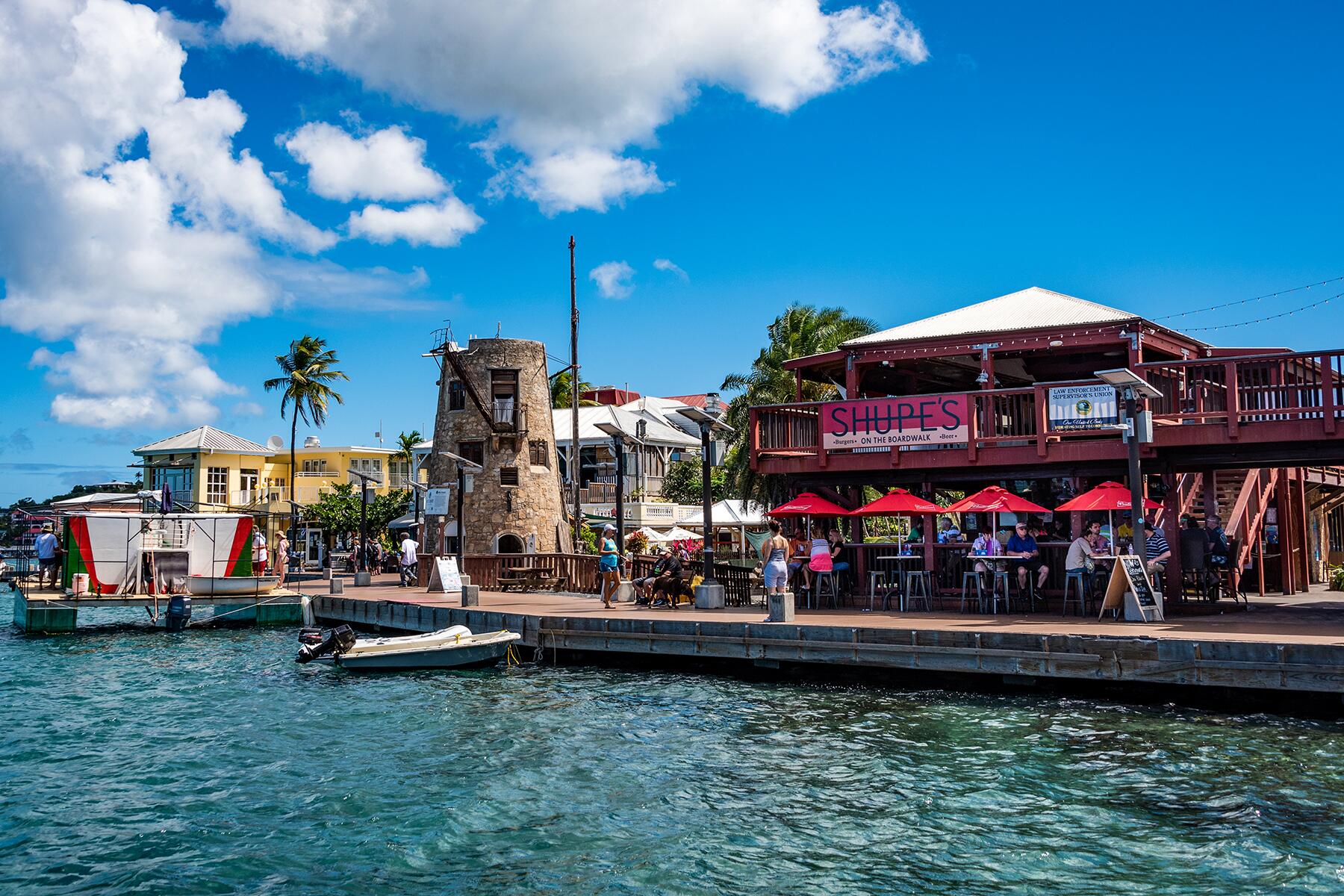
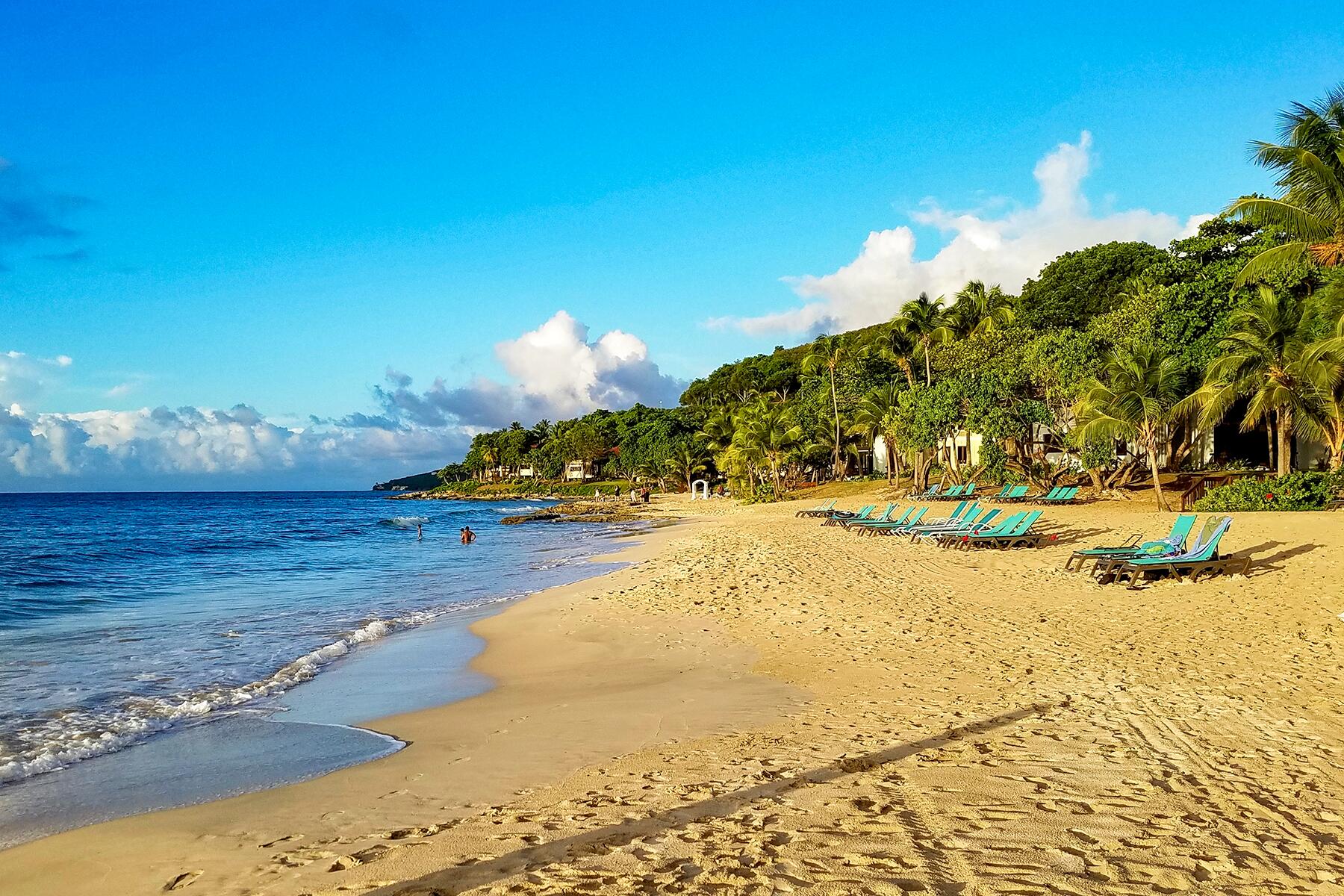
St. Croix
U.S. Virgin Islands
A trip to St. Croix gives travelers a transcendental break. You are still in the U.S., but definitely not in Kansas anymore. Step back and relax in a place where 18th-century Danish-style architecture meets the slow pace of “island time.” Restaurants tucked into brick-laid alleyways and toes-in-the-sand beachfronts serve everything from Michelin-worthy fare to low-key backyard barbecue plates, a fact that’s recently put St. Croix on the global culinary map.
Most importantly, St. Croix can be a place to cast away your cares. Sip bush (the local lingo for herb) tea on the Robinson Crusoe-like beach at the Sandy Point National Wildlife Refuge. Hike to Hamm’s Bluff Lighthouse, on the edge of the vast Caribbean Sea. Drive to Point Udall, where the Millennium Monument stands like a pin in a map to point out the easternmost point in the U.S. Become one with nature, especially as part of a yoga class, at the Eden-esque George Village Botanical Garden.
From homey Airbnb to full-scale extravagance, accommodations are as varied as visitors. Looking for an experience dripping in luxury? Check out the Buccaneer Hotel, a four-star property where the likes of actor Kirk Douglas, tennis great Arthur Ash, and presidents Carter and Biden have all slept. Cozier yet no less indulgent is Carringtons Inn, a Bed & Breakfast that ranks as a Fodor’s Choice for its sea views, four-post mahogany beds, and personal service from the namesake owner.
Local Weather
Wintertime temperatures don’t drop lower than a balmy 70, making it cool enough for a hike and warm enough for a swim. The island fires on all cylinders from November to June, with everything open, yet prices are highest at this peak of the season. Summertime temperatures rarely budge above the 90s, yet it’s when prices drop up to 30 percent on accommodations. The chance of hurricanes in the summer and early fall keeps hordes away but makes for a have-it-to-yourself heyday.
Insider Tip
Start any conversation with the greeting Good Morning, Good Afternoon, or Good Night, and doors will open as locals become friends.



Saipan
Northern Mariana Islands
Next to Guam, sitting on the Western Pacific ocean is Saipan. Formed from an underwater eruption, the small island is popular with military-history enthusiasts, golfers, beachcombers (the white sands of Managaha Island are not to be missed), and avid divers keen to explore its rich coral reef with colorful tropical fish, mushroom corals, and spotted eagle rays.
Unique spots like The Grotto make Saipan a must-see. A stalactite cave emanating deep blue rays that reach 70 feet at its deepest point, it’s a dive and snorkeling spot that’s worth more than one visit. For the history buff, Saipan is a treasure trove of WWII memorabilia, and the American Memorial Park has a museum that details that historic period in time.
For adrenaline junkies, windsurfing and kitesurfing is an all-year sport (Micro Beach is where the action is) in Saipan but the months of November through to April see the best conditions. A strategic location used to launch American B29 Superfortress bombers to Japan, popular sites to visit include the Banzai Cliffs where Japanese soldiers and civilians jumped to their death, and the airfield on Tinian Island, where the same atomic bomb loading pits used to launch the attack on Nagasaki have been preserved.
Lodging options on Saipan veer more towards budget-friendly, comfortable stays. If you want full-service resort amenities, there is the Hyatt Regency Saipan, conveniently located a 7-minute walk from Micro Beach, just be warned that the rooms need an update. A smaller property to check out is the 21-room Surfrider Resort Hotel that’s been newly re-modeled, although you should still ask for one that faces the ocean.
While Saipan enjoys warm weather all year round, the months of May through July are its hottest. Peak tourist season is from December to March, where rainfall is at its lowest. Time your visit to coincide with the Annual Flame Tree Arts Festival in April which showcases the best Northern Mariana Islands dance troupes, musicians, visual artists, and food vendors.
Insider Tip
It is possible to hike down to the beach at Bird Island Sanctuary but time it for a non-rainy day and when the tide is calm. As it’s a marine protected area, take care not to step on the coral, hunt or fish, and stay on the shore side of the island.

